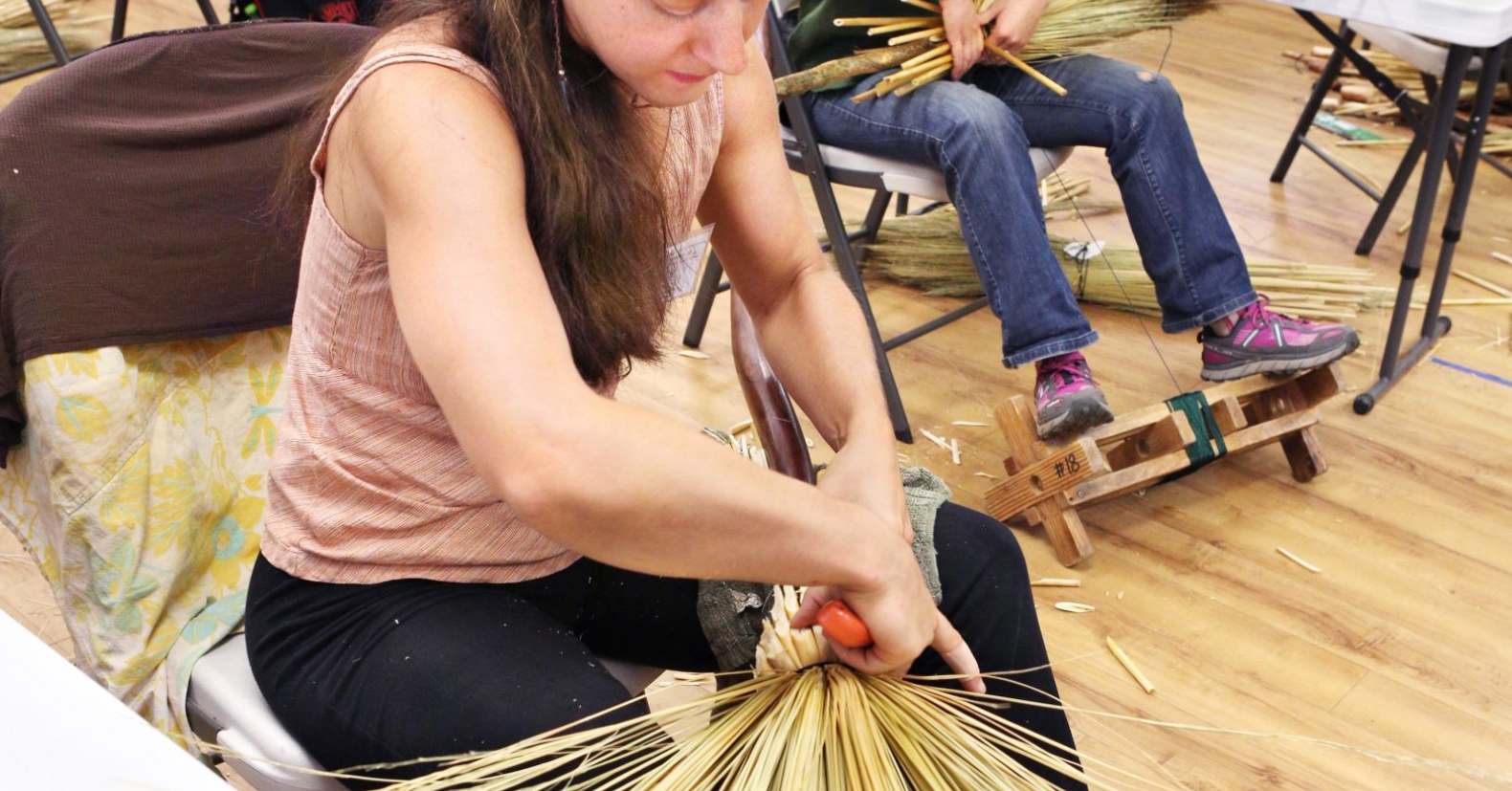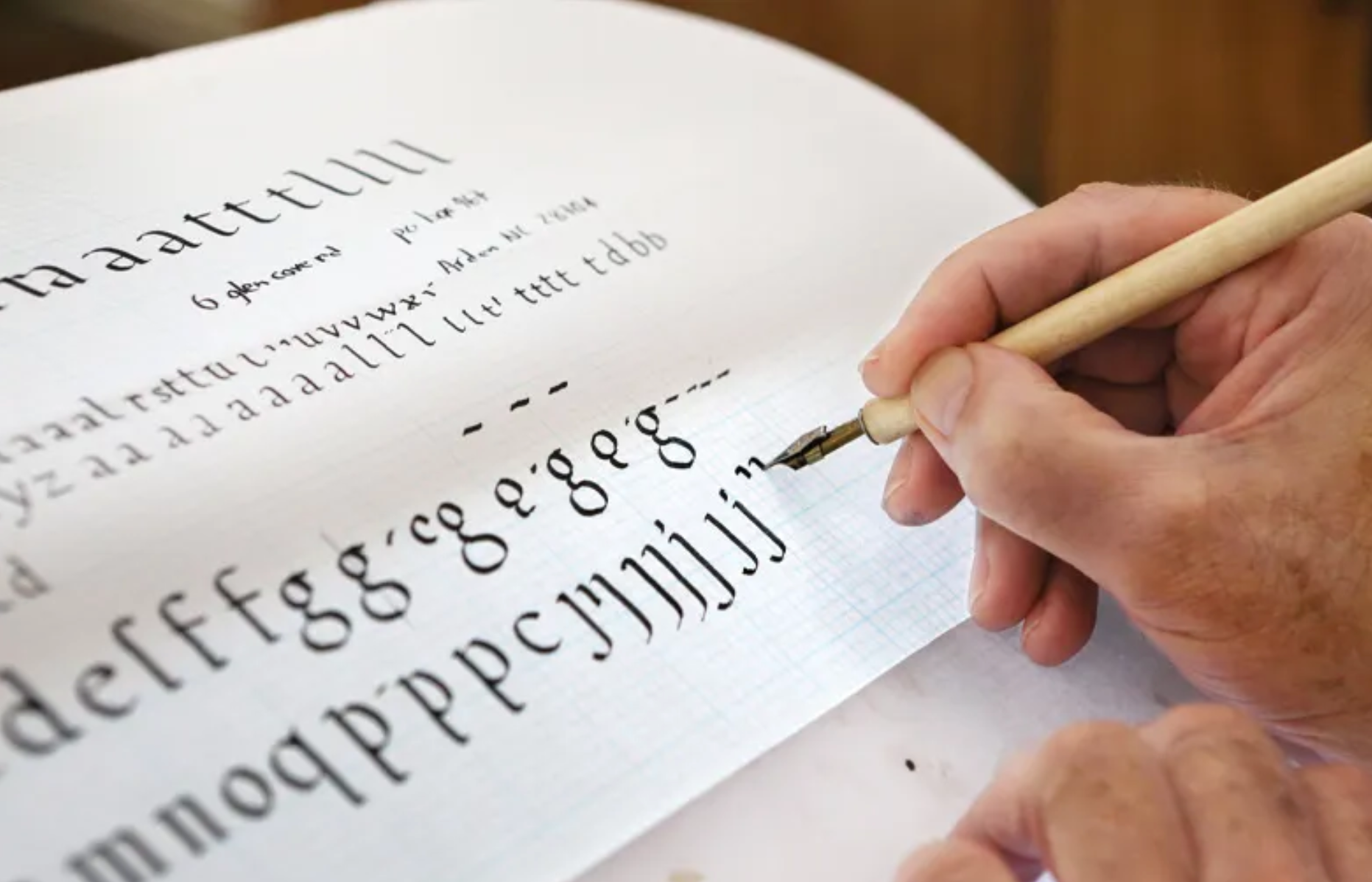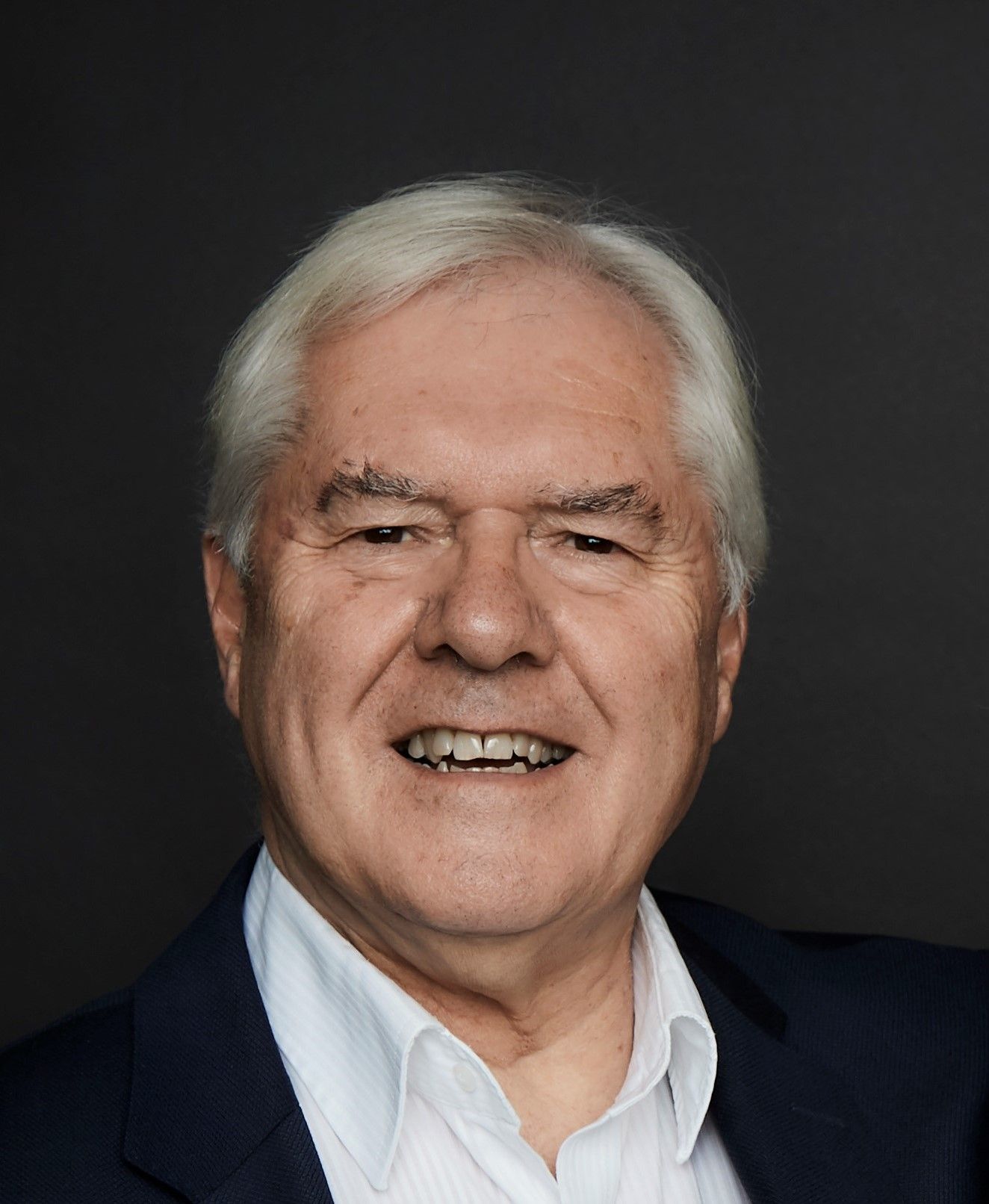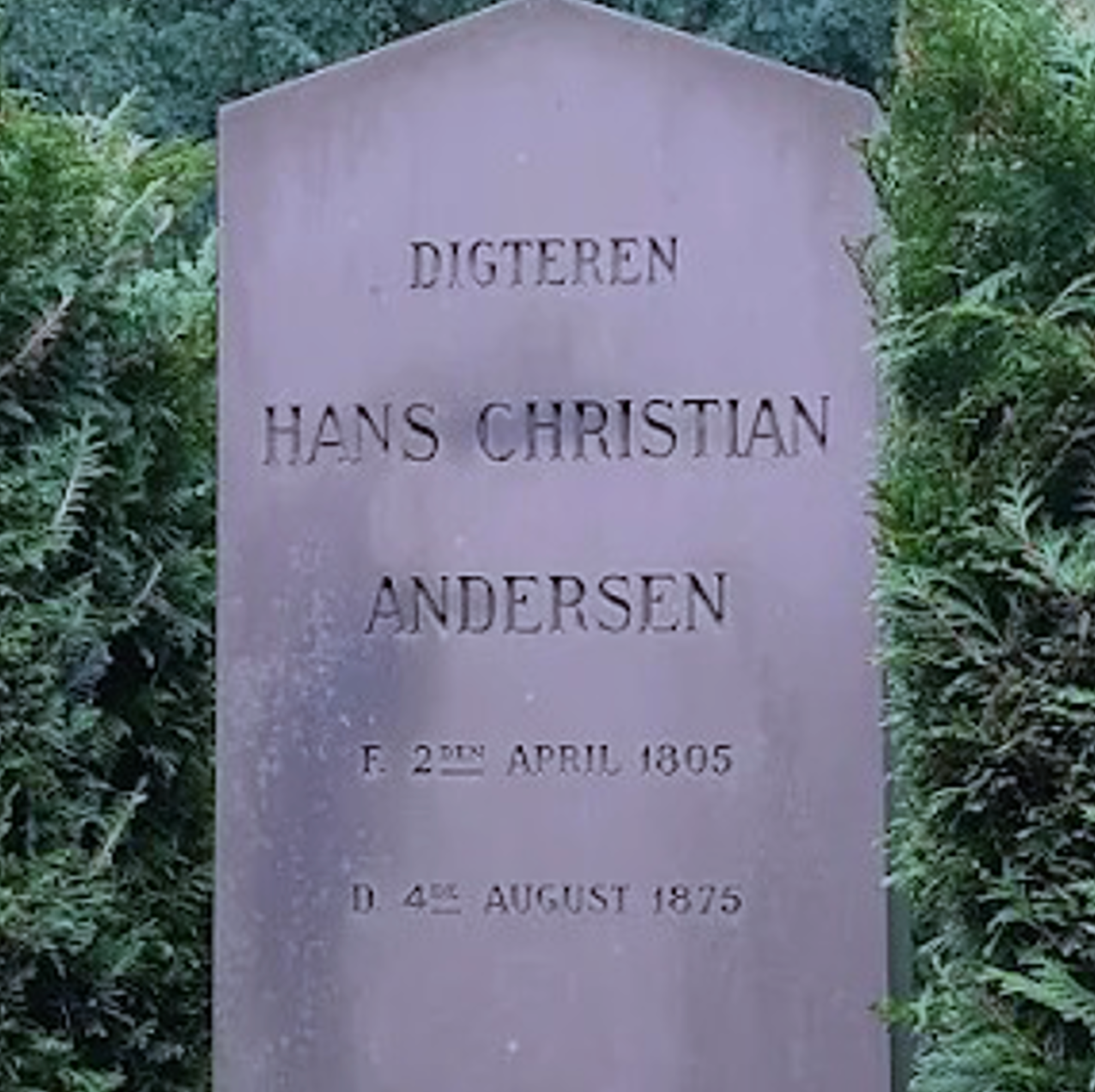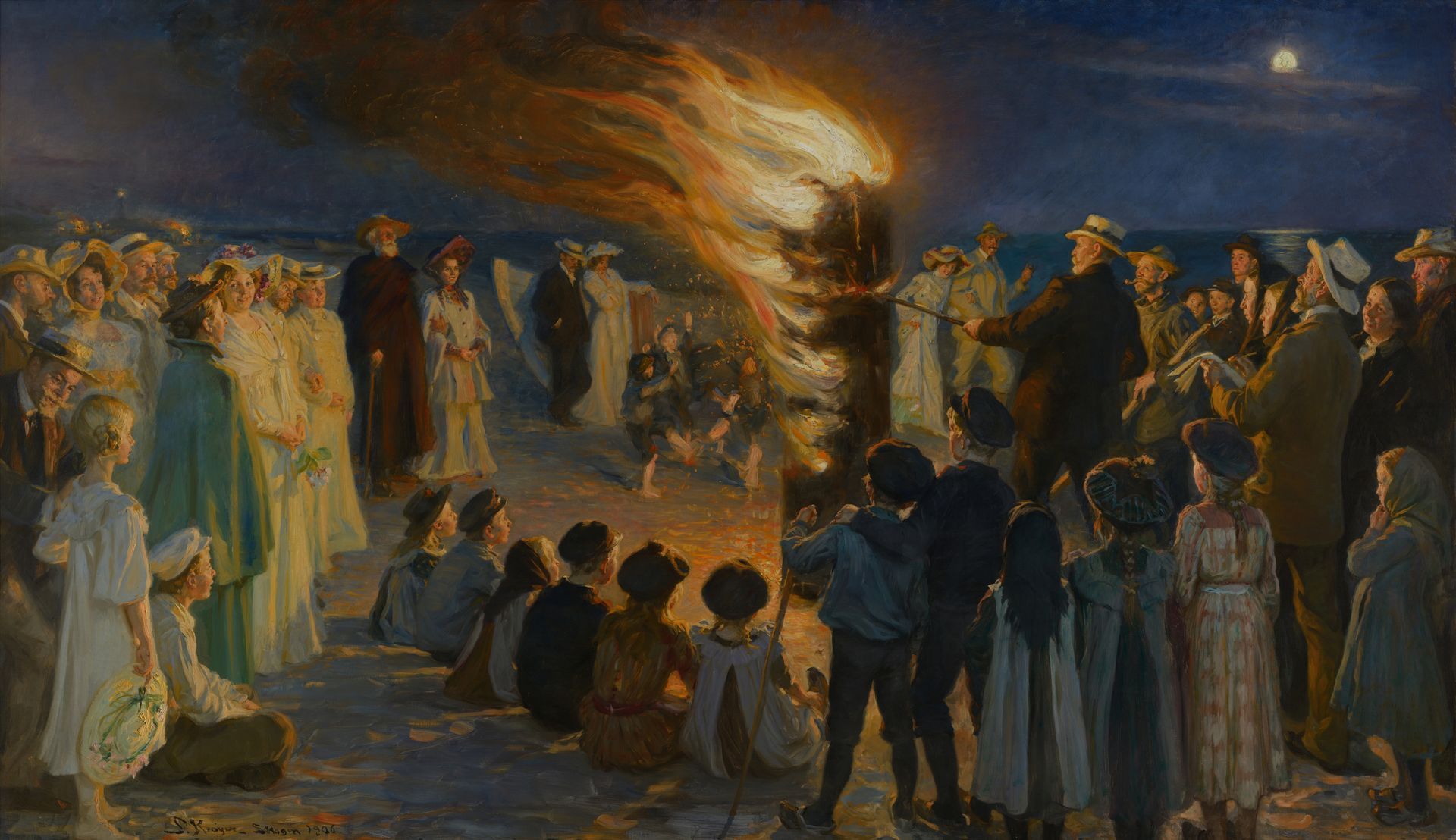Notes from a Teacher in Denmark
By Marie Præst-Holm, Roskilde, Denmark
A year of teaching in Denmark and the US – differences and similarities
Around Midsummer's Day, this year's students graduated from Himmelev Gymnasium in Roskilde, Denmark, where I am a high school teacher. Graduation is a time filled with both joy and sadness. Teachers feel proud that another group of young people has completed their high school education and that they may have played a small role in their academic and personal development. At the same time, it is also a little sad to say goodbye to students you have followed closely for three years and who are now going out into the world – in all sorts of directions.
Fortunately, the summer holidays are just around the corner, bringing a little peace and quiet after the hectic June activities of exam preparation, grading, graduation parties, and farewell speeches. When the holidays are over and August approaches, however, teachers prepare to welcome a new group of young people who are about to begin their high school education. Life as a high school teacher is thus a cycle – you welcome, teach, support, and finally say goodbye before it all starts over again. It is meaningful work that, despite the repetitions, is never quite the same because it always involves young people in development.
This teaching cycle is not unique to Denmark – teachers in the US will probably recognize it too. The basic purpose is the same: to equip young people academically while supporting their personal development. But how we do it varies. I have never taught in the US myself, but my three children all attended high school there – in both Alabama and Illinois – and this has given me an interesting insight into both the differences and similarities between the Danish and American school systems. In the following, I will share some of my most striking impressions.
The school year and daily teaching
First and foremost, the school year follows roughly the same rhythm in both countries: it begins in August. In Denmark, however, the school year does not end until around Midsummer, while American students often go on summer vacation as early as late May or early June. American students therefore have longer vacations, while the distribution of shorter vacations throughout the year is quite similar—with fall break, Christmas break, and spring break (known as Easter break in Denmark) being the most common.
One of the most obvious differences is the way in which students' education is organized. In Denmark, high school students are divided into fixed classes of approximately 25-30 students, with whom they take all subjects for all three years – with the exception of a few elective subjects. This organization creates strong social bonds and a fixed point of reference in everyday life. My children say that it is very different in the US, where students have individual timetables and take different subjects with different groups of students. This means that you don't get the same class spirit as in Denmark. On the other hand, you get to know more of your classmates in the US.
There are also differences in the daily structure. In the US, you typically have the same schedule and the same subjects every day throughout the semester. In Denmark, the schedule often changes – both in terms of subjects and the number of modules per day. This arrangement requires students to check their schedule every day, pack their bags accordingly, and prepare for the right subjects. It also provides flexibility and variety, but it can also be confusing– and result in forgotten books.
However, the advantage of the Danish model is that all subjects and teachers can be scheduled at different times of the day, so that some teachers do not always have to teach tired students in the late afternoon.
Teaching methods and learning environment
In Denmark, students usually have their own classroom, which they use for most subjects. They can personalize the space and




